Home>diy>Building & Construction>How To Protect Floors During Construction
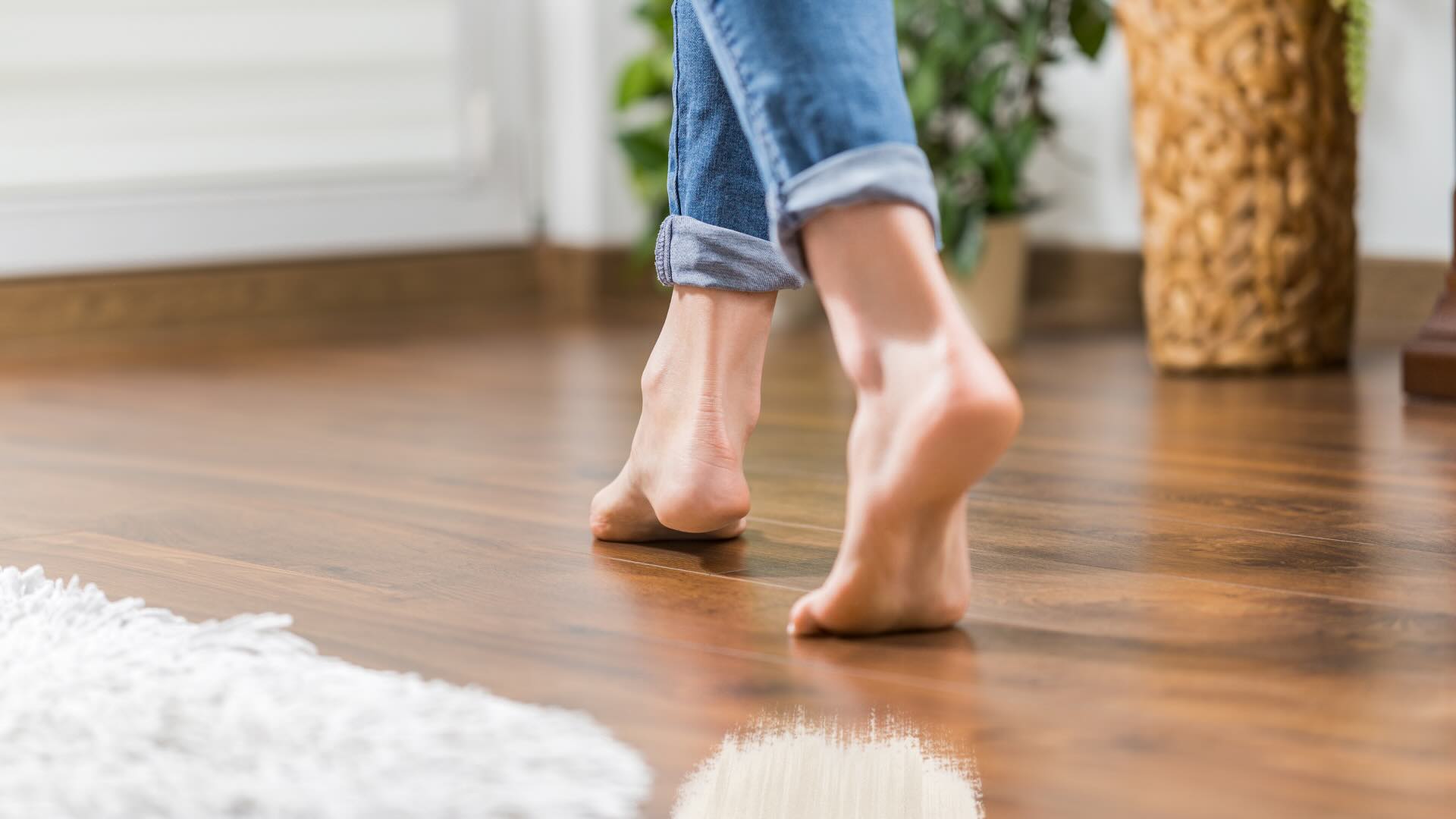

Building & Construction
How To Protect Floors During Construction
Modified: October 20, 2024
Learn how to protect your floors during building construction to prevent damage and maintain their integrity. Discover effective tips and techniques to ensure your floors stay in great condition.
(Many of the links in this article redirect to a specific reviewed product. Your purchase of these products through affiliate links helps to generate commission for Storables.com, at no extra cost. Learn more)
Introduction
When it comes to construction projects, whether it’s a small renovation or a large-scale building project, one of the most crucial aspects to consider is protecting the floors. The floors in a construction site are vulnerable to damage from heavy equipment, debris, spills, and foot traffic. Protecting the floors is not only important for maintaining their appearance but also for ensuring their longevity and functionality.
In this article, we will explore the various methods and techniques you can employ to protect floors during construction. From planning and preparation to using temporary coverings and construction mats, we will provide you with comprehensive insights to safeguard different types of flooring. Additionally, we will discuss the importance of securing furniture and objects and provide tips for cleaning and maintaining protected floors.
Whether you are a homeowner carrying out a DIY project or a construction professional overseeing a commercial build, these strategies will help you minimize damage to the floors and maintain a safe and efficient work environment.
Key Takeaways:
- Protecting floors during construction is crucial for maintaining their appearance and longevity. Utilize temporary coverings, protective sheets, construction mats, and proper cleaning to safeguard different types of flooring and ensure a safe work environment.
- Effective planning, communication, and regular maintenance are essential for successful floor protection during construction. By following specific protection methods and considering additional tips, you can preserve the integrity of your floors and minimize damage.
Planning and Preparation
Before starting any construction project, it is crucial to invest time in proper planning and preparation to protect the floors. Here are some steps to follow:
- Assess the floor type: Identify the type of flooring in your construction site. Different flooring materials, such as hardwood, tile, or carpet, require different protection methods. Understanding the characteristics of the flooring will help you choose the appropriate protective measures.
- Create a floor plan: Map out the areas where construction will take place and mark them on a floor plan. This will help you identify high-traffic areas and prioritize floor protection accordingly.
- Set up barriers: Install physical barriers or barricades around the construction site to prevent unauthorized access. This will not only protect the floors but also ensure the safety of workers and visitors.
- Establish a cleaning protocol: Determine a cleaning protocol that outlines how often the floors will be cleaned, what cleaning tools and products will be used, and who will be responsible for the cleaning tasks. Regular cleaning will prevent dirt, dust, and debris from accumulating and causing damage to the floors.
- Coordinate with contractors: If you are hiring contractors for the construction project, communicate the importance of floor protection to them. Ensure they are aware of the floor plan and the protective measures that need to be implemented. Collaboration and clear communication will ensure everyone is on the same page.
By following these planning and preparation steps, you will be well-prepared to protect the floors in your construction site. Taking the time to assess the floor type, create a floor plan, set up barriers, establish a cleaning protocol, and coordinate with contractors will lay the foundation for effective floor protection throughout the construction process.
Temporary Floor Coverings
One of the most effective ways to protect floors during construction is by using temporary floor coverings. These coverings provide a physical barrier between the construction activities and the floors, preventing damage and preserving the integrity of the underlying surface. Here are some popular temporary floor covering options:
- Corrugated cardboard: Corrugated cardboard sheets are a cost-effective and easily accessible option for protecting floors. They can be laid out across the floor to create a protective layer. Cardboard absorbs impact, prevents scratches, and provides a non-slip surface. It is particularly useful for protecting hardwood and tile floors.
- Ram Board: Ram Board is a heavy-duty, temporary floor protection product. Made from dense fiberboard, it is designed to withstand heavy foot traffic, equipment, and spills. It is typically used on construction sites with concrete or tile floors. Ram Board rolls out easily and can be taped or fastened together for a seamless protective layer. It is reusable, making it a cost-effective option for long-term construction projects.
- Plastic sheeting: Plastic sheeting is commonly used to protect floors during construction. It comes in various thicknesses and can be placed directly on the floor or taped down to create a barrier. Plastic sheeting is ideal for protecting carpets or other flooring materials that are susceptible to water or liquid damage. However, it may not provide sufficient protection against heavy impact or sharp objects.
- Carpet protection film: For construction sites with carpeted floors, carpet protection film is a popular choice. This self-adhesive film is applied directly to the carpet and provides a protective layer against spills, dirt, and debris. It is easy to apply and remove, and leaves no residue on the carpet once removed.
- Masonite sheets: Masonite, also known as hardboard, is a dense, smooth-surfaced material that is commonly used to protect floors. It is durable, impact-resistant, and can withstand heavy equipment and foot traffic. Masonite sheets can be fastened together or taped down to cover large areas of flooring.
When selecting a temporary floor covering, consider the durability, ease of installation, reusability, and the level of protection required for your specific construction project. It is important to follow the manufacturer’s instructions for installation and removal to ensure proper use and avoid any damage to the floors.
Temporary floor coverings provide a practical and effective solution for protecting floors during construction. By utilizing these coverings, you can safeguard the floors from scratches, spills, and other potential damage, ensuring that they remain in excellent condition throughout the construction process.
Protective Sheets and Tarps
In addition to temporary floor coverings, protective sheets and tarps are another valuable option for safeguarding floors during construction. They are particularly useful for larger areas or when heavy equipment and machinery are involved. Here are some commonly used protective sheets and tarps:
- Cloth drop cloths: Cloth drop cloths are made of heavy canvas or cotton fabric and provide excellent protection for floors. They are highly absorbent and can absorb spills and drips from paints, adhesives, and other construction materials. Cloth drop cloths are reusable and durable, making them a cost-effective choice.
- Polyethylene sheets: Polyethylene sheets, also known as poly sheets, are lightweight and waterproof. They can be spread out on the floor and secured with tape or weights. Poly sheets are ideal for protecting floors from water, paint, dust, and debris. However, they may not provide the same level of impact resistance as heavier protective materials.
- Canvas tarps: Canvas tarps are thicker and more durable than drop cloths. They are often used in construction sites where heavy equipment is present. Canvas tarps offer superior protection against scratches, impact, and spills. They can be securely fastened to the floor to create a sturdy barrier, making them suitable for high-traffic areas.
- PVC tarps: PVC tarps are waterproof and resistant to tears, making them an ideal choice for outdoor construction projects. They provide reliable protection against water, wind, and UV rays. PVC tarps are available in various sizes and can be easily secured to the ground to protect floors and construction materials from the elements.
- Fire-resistant tarps: In certain construction projects where fire safety is a concern, using fire-resistant tarps is essential. These tarps are made from materials that are resistant to flames and high temperatures. They provide an additional layer of protection, ensuring the safety of the floors and surrounding areas.
When using protective sheets and tarps, make sure they are securely fastened to prevent shifting or tripping hazards. Regularly inspect the coverings for any damage or wear and replace them if needed.
By utilizing protective sheets and tarps, you can effectively shield floors from spills, debris, and potential damage caused by heavy equipment and machinery. These versatile options provide an extra layer of protection, ensuring that the floors remain in pristine condition throughout the construction process.
Using Construction Mats
Construction mats are a versatile and durable solution for protecting floors during construction. These mats are designed to withstand heavy equipment, foot traffic, and impacts, making them an excellent choice for construction sites. Here are some commonly used construction mats:
- Plywood mats: Plywood mats are made of sturdy plywood panels that are placed on the floor to create a protective surface. They are commonly used in construction sites to protect delicate flooring materials such as hardwood or tile. Plywood mats are easy to install and remove and can be reused for multiple projects.
- Access mats: Access mats, also known as crane mats or rig mats, are heavy-duty mats designed to support the weight of vehicles and equipment. They provide a stable and secure surface for construction activities and help distribute the weight of heavy machinery to prevent damage to the floors. Access mats are typically made of durable materials such as hardwood, steel, or composite materials.
- Rubber mats: Rubber mats are highly durable and offer excellent impact resistance. They are commonly used in high-traffic areas or places where there is a risk of heavy machinery or equipment causing damage to the floors. Rubber mats provide a cushioning effect and protect floors from scratches, spills, and impacts.
- Crane pads: Crane pads, also known as outrigger pads, are thick and sturdy mats specifically designed to support the outriggers of cranes. They distribute the weight of the crane over a larger area, ensuring stability and preventing damage to the floors. Crane pads are typically made of reinforced materials such as composite plastics or high-density polyethylene.
- Track mats: Track mats are rugged mats designed to create a temporary roadway or pathway over delicate surfaces. They are commonly used to protect lawns, asphalt, or concrete surfaces from damage caused by heavy vehicles and equipment. Track mats are made from durable materials that provide traction and prevent the wheels of vehicles from sinking into the ground.
Using construction mats provides several benefits, including increased protection for the floors, improved traction, and reduced risk of damage from heavy equipment. These mats are designed to withstand the demands of construction, making them a reliable and efficient solution for floor protection.
Before using construction mats, ensure that they are properly installed and secured to prevent movement or tripping hazards. Regularly inspect the mats for any signs of wear or damage and replace them if needed. By utilizing construction mats, you can create a safe and stable work environment while preserving the integrity of the floors in your construction site.
Use heavy-duty floor protection such as Ram Board or plywood to prevent damage from heavy equipment, tools, and foot traffic during construction.
Protecting Different Types of Flooring
Each type of flooring requires specific protection methods to prevent damage during construction. Here are some tips for protecting different types of flooring:
- Hardwood floors: Hardwood floors are susceptible to scratches and dents. To protect them, use plywood mats or Ram Board to create a sturdy and impact-resistant barrier. Avoid dragging heavy equipment or materials across the floor, and use furniture pads or felt glides to prevent furniture legs from scratching the surface.
- Tile floors: Tile floors are durable but can be vulnerable to cracks or chips. Prior to construction, inspect the tiles for any loose or damaged pieces and repair them. Use construction mats, cardboard, or plywood to prevent heavy impacts or dropped tools from damaging the tiles. Avoid using chemicals or abrasive cleaners that can cause discoloration or damage to the grout.
- Carpeted floors: Carpeted floors are prone to stains, dirt, and wear. Use plastic sheeting or carpet protection film to create a barrier against spills and dirt. Secure edges with tape to prevent tripping hazards. Place doormats or entrance mats at construction site entry points to minimize the tracking of dirt and debris onto the carpet.
- Laminate floors: Laminate floors are susceptible to water damage. Avoid prolonged exposure to moisture by using waterproof polyethylene sheets or plastic film to protect the floor. Place mats or rugs at entrances to trap dirt and prevent scratching. Clean up spills immediately to prevent moisture from seeping into the seams and causing warping or swelling.
- Vinyl floors: Vinyl floors are durable and resistant to moisture. However, heavy impacts or sharp objects can cause tears or scratches. Use construction mats or thick rubber mats to provide a cushioning effect and prevent damage. Clean the floor regularly to remove dirt and debris that can cause scratches, and avoid using harsh chemicals that may damage the vinyl surface.
It is essential to follow the manufacturer’s guidelines for floor protection and maintenance to ensure the longevity and appearance of your flooring. If you are unsure of the best protection methods for a specific type of flooring, consult with a flooring professional or the manufacturer for recommendations.
By employing the appropriate protective measures, you can minimize damage, prolong the life of your flooring, and ensure a smooth transition once construction is complete.
Securing Furniture and Objects
During construction, it is crucial to secure furniture and objects to prevent damage to both the floors and the items themselves. Here are some tips for securing furniture and objects:
- Remove and store: Whenever possible, remove furniture and objects from the construction area. This will eliminate the risk of damage caused by construction activities. Store the items in a safe location until the construction project is complete.
- Cover and protect: If removing furniture is not an option, cover and protect it with plastic sheets or furniture covers. This will shield the furniture from dust, debris, and possible accidental damage during construction. Secure the covers in place to prevent them from shifting or slipping.
- Anchor heavy items: Secure heavy items such as cabinets, shelving units, or appliances to the wall to prevent them from tipping over during construction work. Use wall anchors, brackets, or straps to ensure stability and reduce the risk of accidents or damage.
- Lift and move cautiously: When moving furniture or heavy objects within the construction area, use proper lifting techniques and have a team of individuals to assist. Take care to lift and move items with caution, ensuring that they do not come into contact with the floors or walls.
- Protect fragile items: Fragile items such as artwork, mirrors, or glassware should be carefully wrapped and stored in a secure place away from the construction area. Use bubble wrap, packing paper, or foam to protect these items from potential damage.
- Label and document: Before moving any furniture or objects, label them accordingly and document their current condition. This will help you keep track of the items and identify any damage that may occur during the construction process.
Securing furniture and objects is essential to protect both the items themselves and the floors in the construction area. Additionally, it promotes a safer work environment by reducing the risk of accidents or injuries caused by unsecured items.
Remember to communicate with your construction team about the importance of securing furniture and objects. By working together and implementing these measures, you can minimize the potential for damage and ensure that your furniture and belongings remain in excellent condition throughout the construction project.
Cleaning and Maintaining Protected Floors
Proper cleaning and maintenance are essential for preserving the integrity of the protected floors during construction. Here are some tips for cleaning and maintaining protected floors:
- Regular sweeping and vacuuming: Dust and debris can accumulate on the protected floors, so it is important to sweep or vacuum the area regularly. Use a soft-bristle broom or a vacuum cleaner with a brush attachment to avoid scratching the floor surface.
- Spot cleaning: Promptly clean up any spills or stains on the protected floors to prevent them from seeping into the flooring material. Use a mild cleaning solution or manufacturer-recommended cleaner and a soft cloth or mop to gently clean the affected area.
- Avoid abrasive cleaning tools: When cleaning, avoid using abrasive tools or harsh chemicals that can damage the protected floors. Opt for non-abrasive cleaning tools and mild cleaning solutions to maintain the floor’s finish and integrity.
- Protect floors from heavy equipment: While the floors are protected, exercise caution when moving or operating heavy equipment or machinery on the floors. Place plywood or construction mats under heavy equipment to distribute the weight and prevent damage to the protected floors.
- Inspect for damage: Regularly inspect the protected floors for any signs of damage or wear. Pay attention to corners, edges, and areas of high foot traffic. If any damage or wear is detected, address it promptly by repairing or replacing the protective coverings or mats.
- Follow manufacturer guidelines: Follow the manufacturer’s guidelines for any specific cleaning and maintenance instructions for the protected floor materials. Different flooring types may have specific care requirements, and adhering to these guidelines will help preserve their appearance and lifespan.
- Remove protective coverings carefully: When the construction project is complete and it is time to remove the protective coverings, do so carefully to avoid any damage to the floors. Lift and peel off the coverings slowly and gently, and clean any residue left behind with appropriate cleaning solutions.
By following these cleaning and maintenance tips, you can ensure that the protected floors remain in excellent condition throughout the construction process. Regular cleaning and proper maintenance will preserve the appearance and longevity of the floors, allowing them to withstand the rigors of construction and maintain their functionality and beauty.
Tips and Considerations
When it comes to protecting floors during construction, here are some additional tips and considerations to keep in mind:
- Communication is key: Clearly communicate the importance of floor protection to everyone involved in the construction project, including contractors, subcontractors, and workers. Emphasize the impact it has on the overall quality of the project and the importance of maintaining a safe work environment.
- Stay organized: Keep track of the protective coverings, mats, and tools used for floor protection. Create a checklist to ensure that all necessary items are in place and properly maintained. This will help you stay organized and ensure that no areas are left unprotected.
- Inspect regularly: Regularly inspect the protected floors for any signs of damage or wear. Address any issues promptly to prevent further damage. Additionally, inspect the protective coverings and mats for any wear or damage, and replace them as needed to maintain maximum protection.
- Monitor foot traffic: Pay attention to foot traffic in the construction area and implement measures to minimize dirt and debris from being tracked onto the protected floors. Place mats or rugs at entrances and provide shoe covers or booties for everyone entering the construction site.
- Document the process: Take before and after photos of the protected floors to document their condition. This documentation can be useful for insurance claims or warranty purposes if any damage occurs during the construction process.
- Consider professional help: For larger construction projects or delicate flooring materials, consider hiring professional floor protection services. These experts have the knowledge and experience to implement the most effective protection methods and can provide advice tailored to your specific flooring needs.
- Be mindful of the environment: When choosing temporary floor coverings or protective materials, consider eco-friendly options. Look for products that are made from recycled materials or those that can be reused or recycled after the construction project is complete.
- Plan ahead for maintenance: Schedule regular maintenance and cleaning routines for the protected floors once the construction project is finished. This will help maintain their condition and ensure they are ready for use once the project is complete.
By following these tips and considerations, you can optimize the protection of your floors during construction. Remember, proper floor protection not only safeguards your investment but also contributes to a safer and more efficient construction environment.
Read more: How To Mop Floor During Pregnancy
Conclusion
Protecting floors during construction is a vital aspect of any building project. With careful planning, preparation, and the use of appropriate protective measures, you can ensure that the floors remain in excellent condition throughout the construction process.
By assessing the floor type, creating a floor plan, and setting up barriers, you lay the foundation for effective floor protection. Utilizing temporary floor coverings such as cardboard, Ram Board, plastic sheeting, carpet protection film, and Masonite sheets creates a physical barrier that shields floors from damage.
In addition to temporary coverings, protective sheets and tarps like cloth drop cloths, polyethylene sheets, canvas tarps, PVC tarps, and fire-resistant tarps offer enhanced protection for your floors.
Construction mats, including plywood mats, access mats, rubber mats, crane pads, and track mats, are durable options that can withstand heavy equipment and foot traffic while safeguarding the floors.
Different types of flooring require specific protection methods. Whether it’s hardwood, tile, carpet, laminate, or vinyl, following the appropriate measures such as using mats, coverings, and avoiding abrasive cleaning tools will preserve the floor’s quality and appearance.
Securing furniture and objects, implementing regular cleaning and maintenance routines, and following manufacturer guidelines ensure the continued protection and longevity of the floors.
By considering additional tips such as effective communication, staying organized, monitoring foot traffic, and documenting the process, you maximize the effectiveness of floor protection during construction.
In conclusion, investing time and effort into floor protection during construction not only preserves the appearance and functionality of the floors but also creates a safe and efficient work environment. By following the guidelines and utilizing appropriate protective measures, you can ensure that your floors withstand the rigors of construction and emerge unscathed, ready to serve their purpose for years to come.
Frequently Asked Questions about How To Protect Floors During Construction
Was this page helpful?
At Storables.com, we guarantee accurate and reliable information. Our content, validated by Expert Board Contributors, is crafted following stringent Editorial Policies. We're committed to providing you with well-researched, expert-backed insights for all your informational needs.
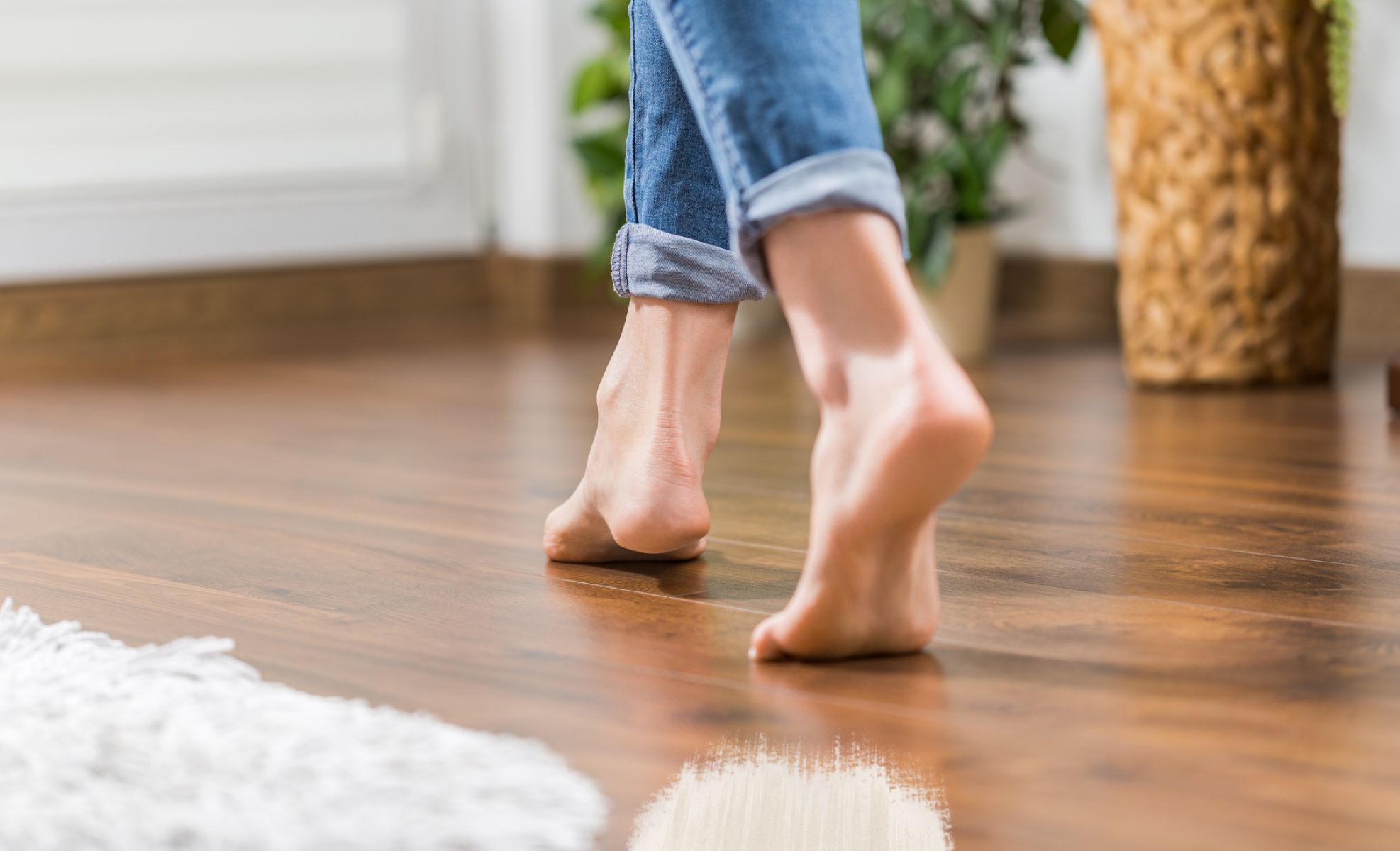
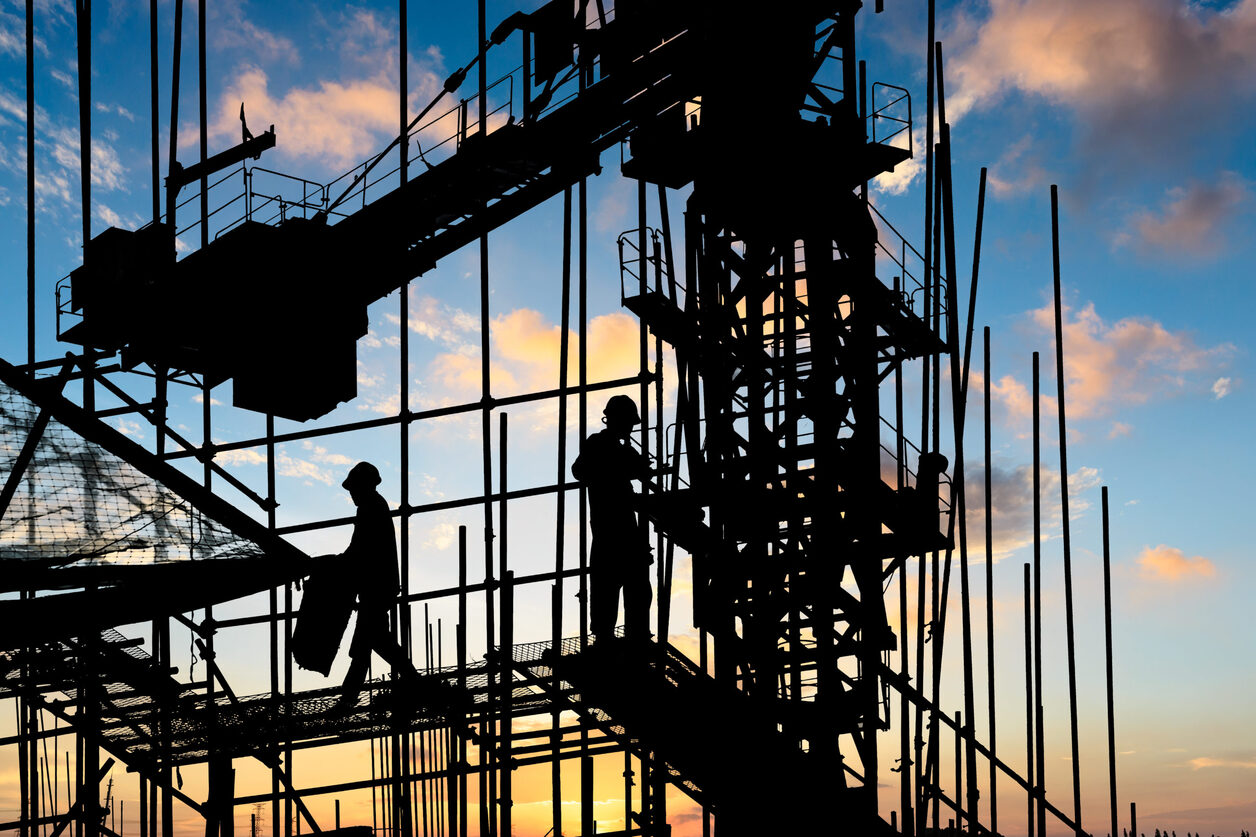
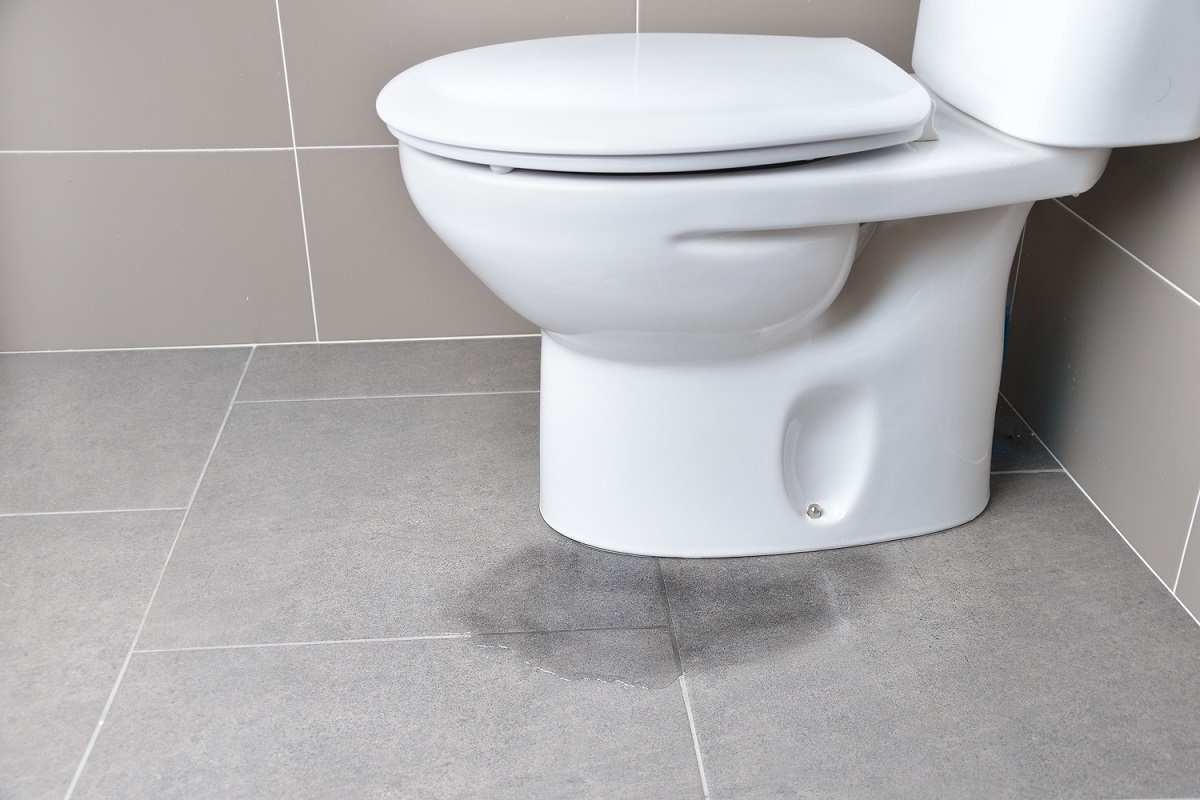
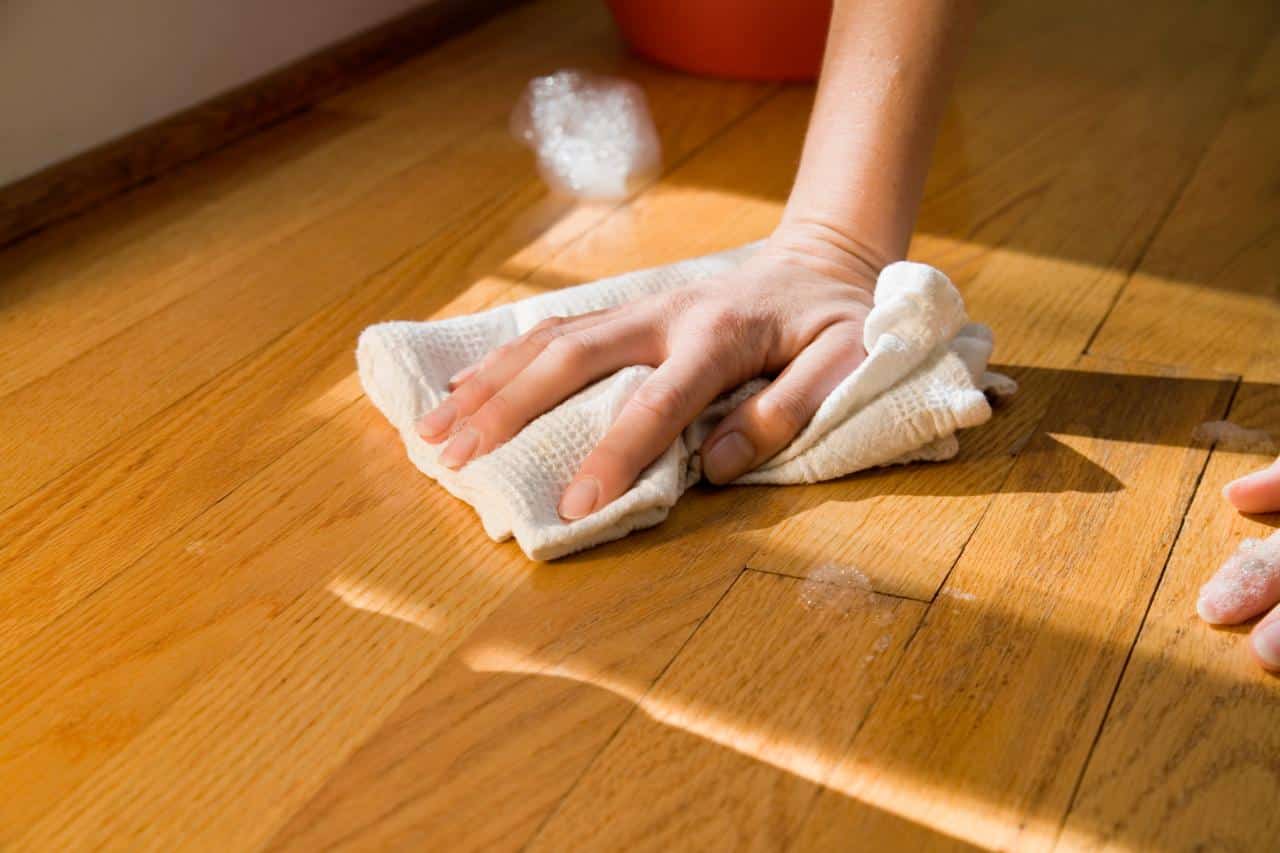
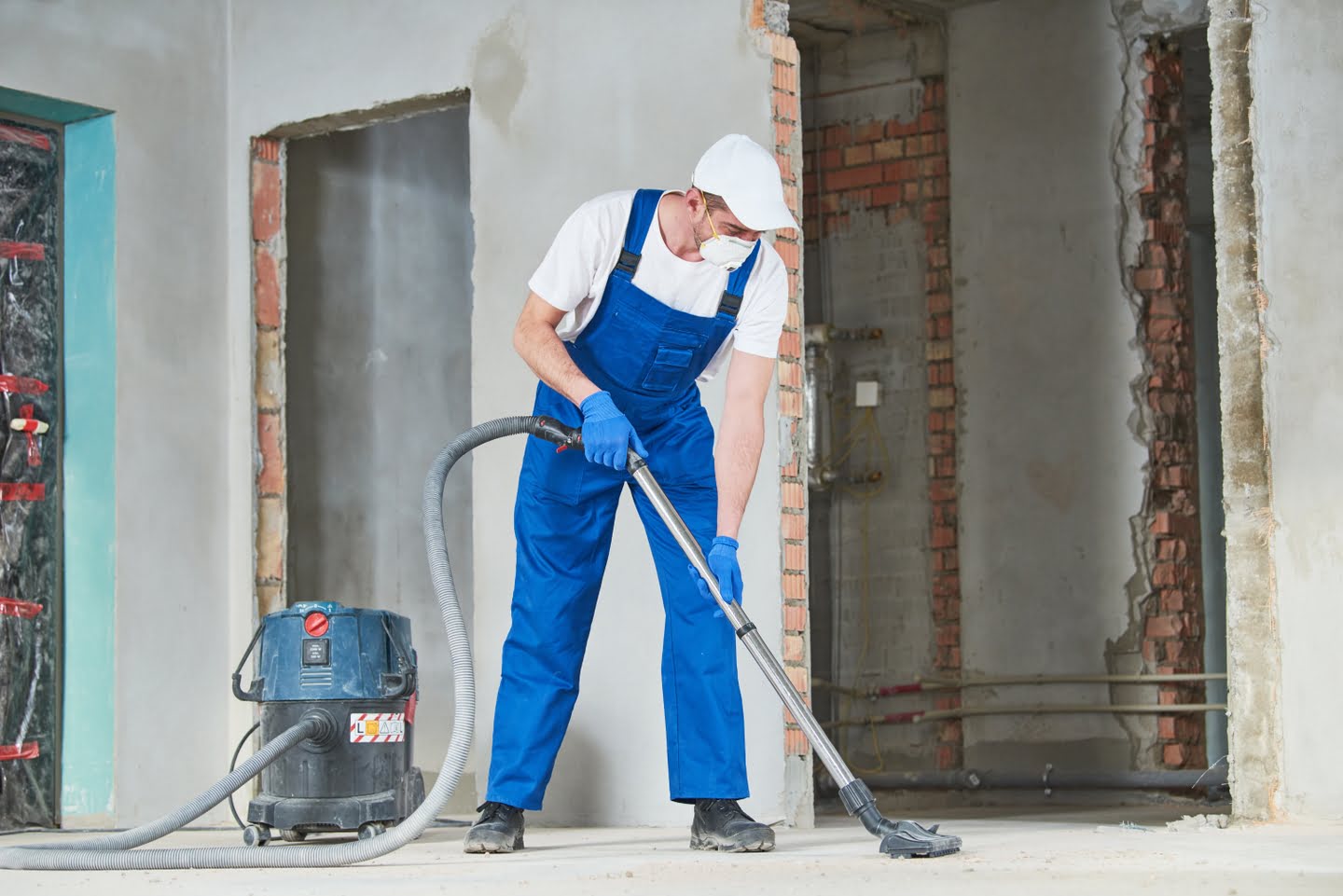

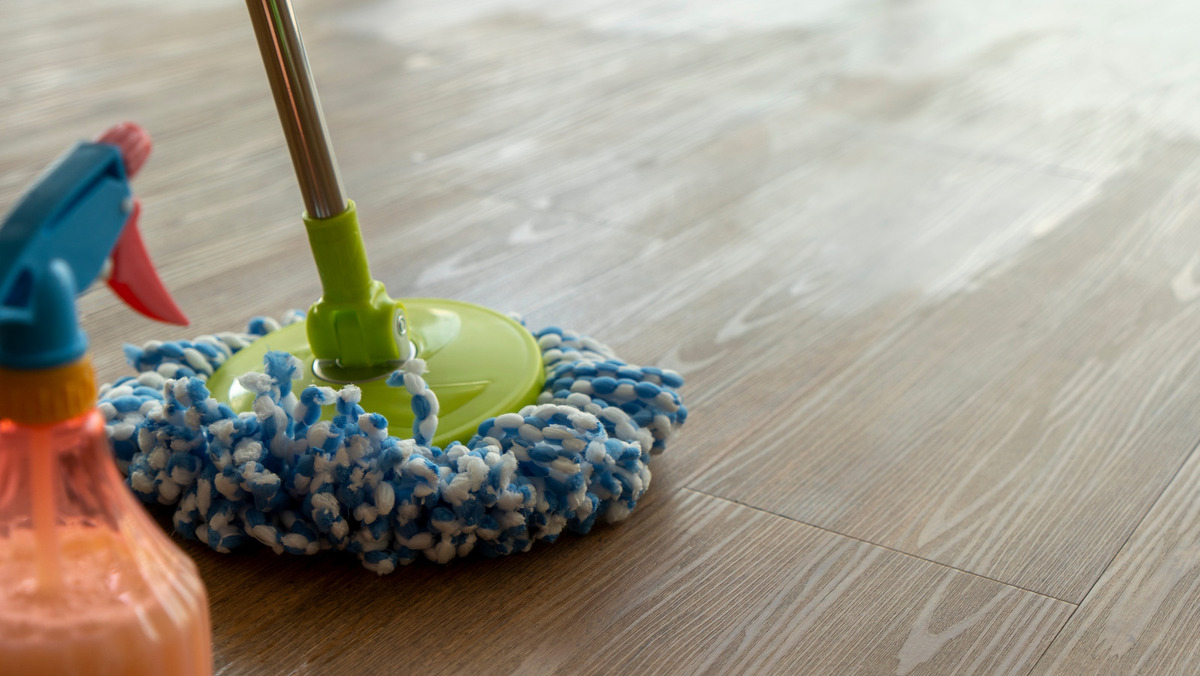
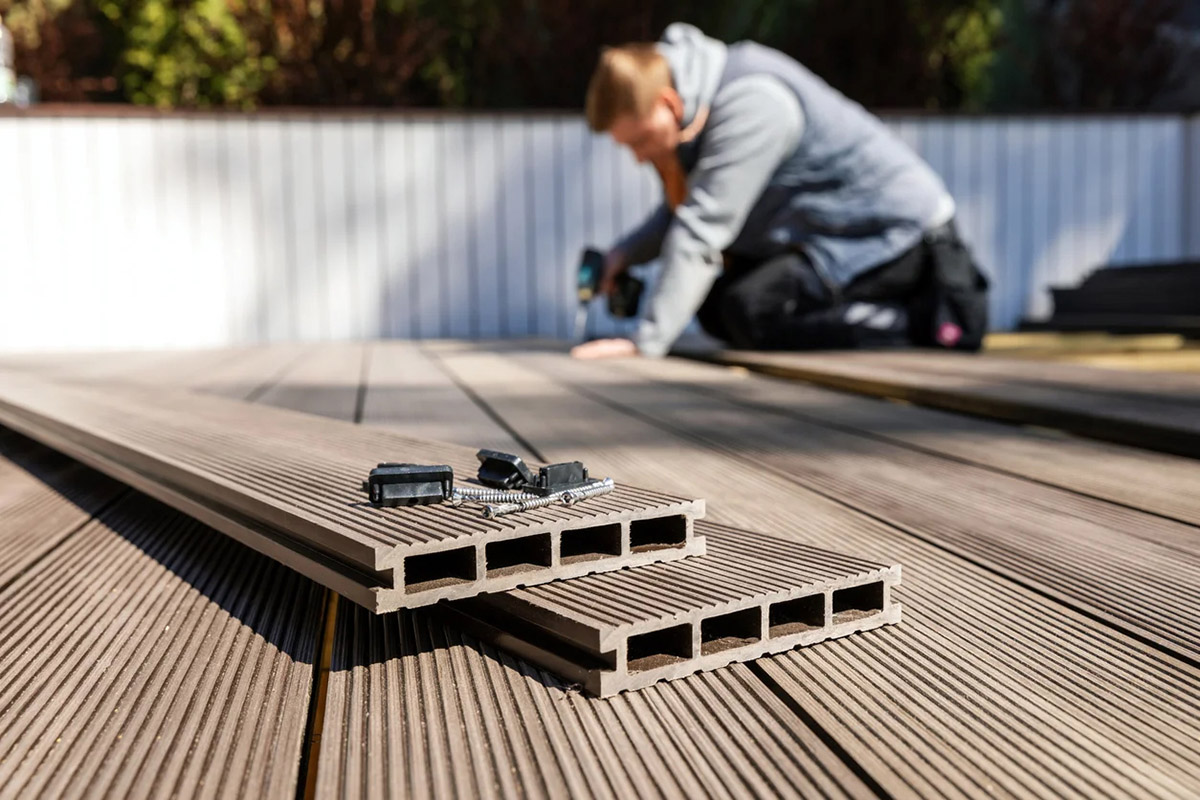

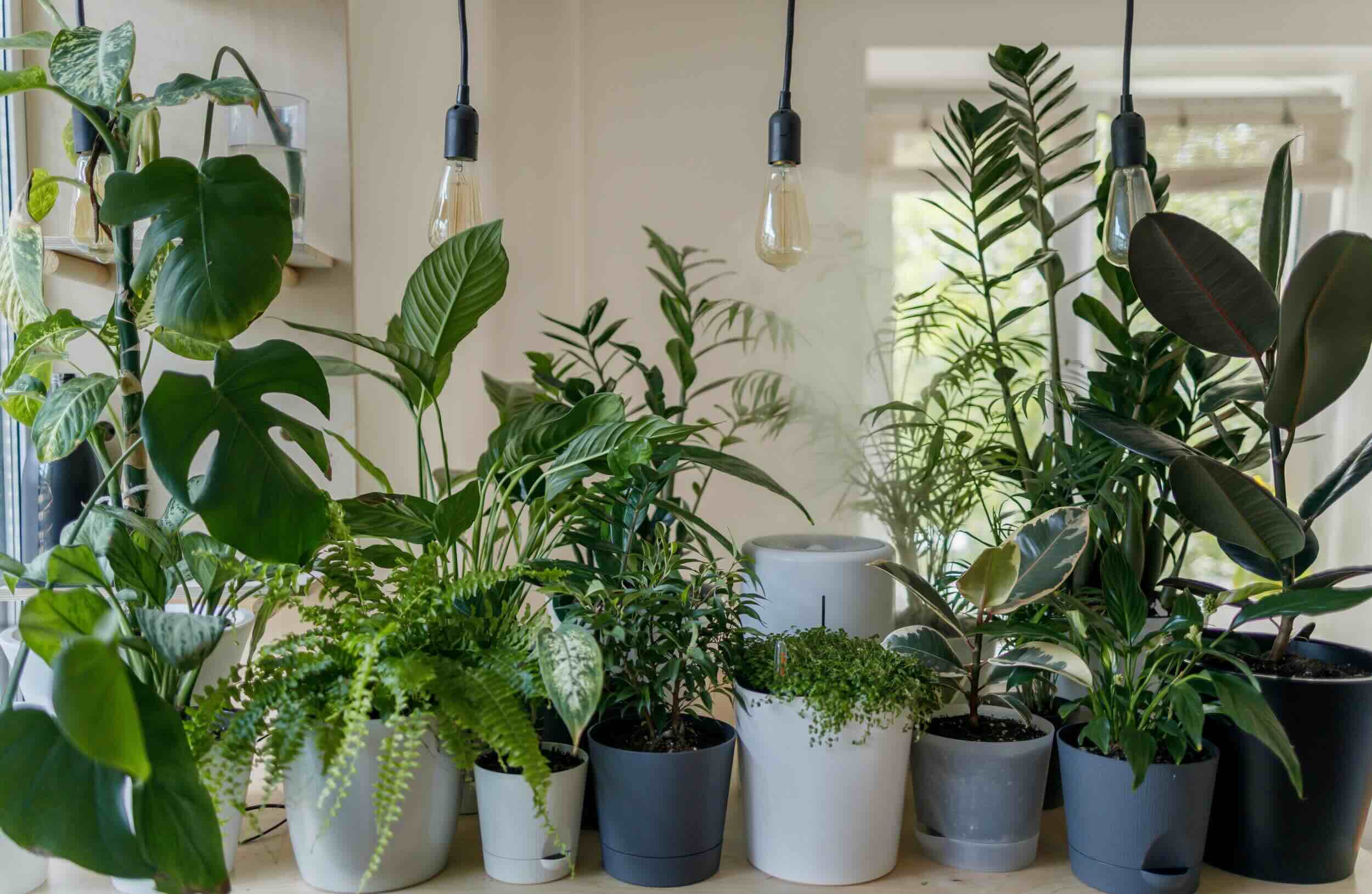

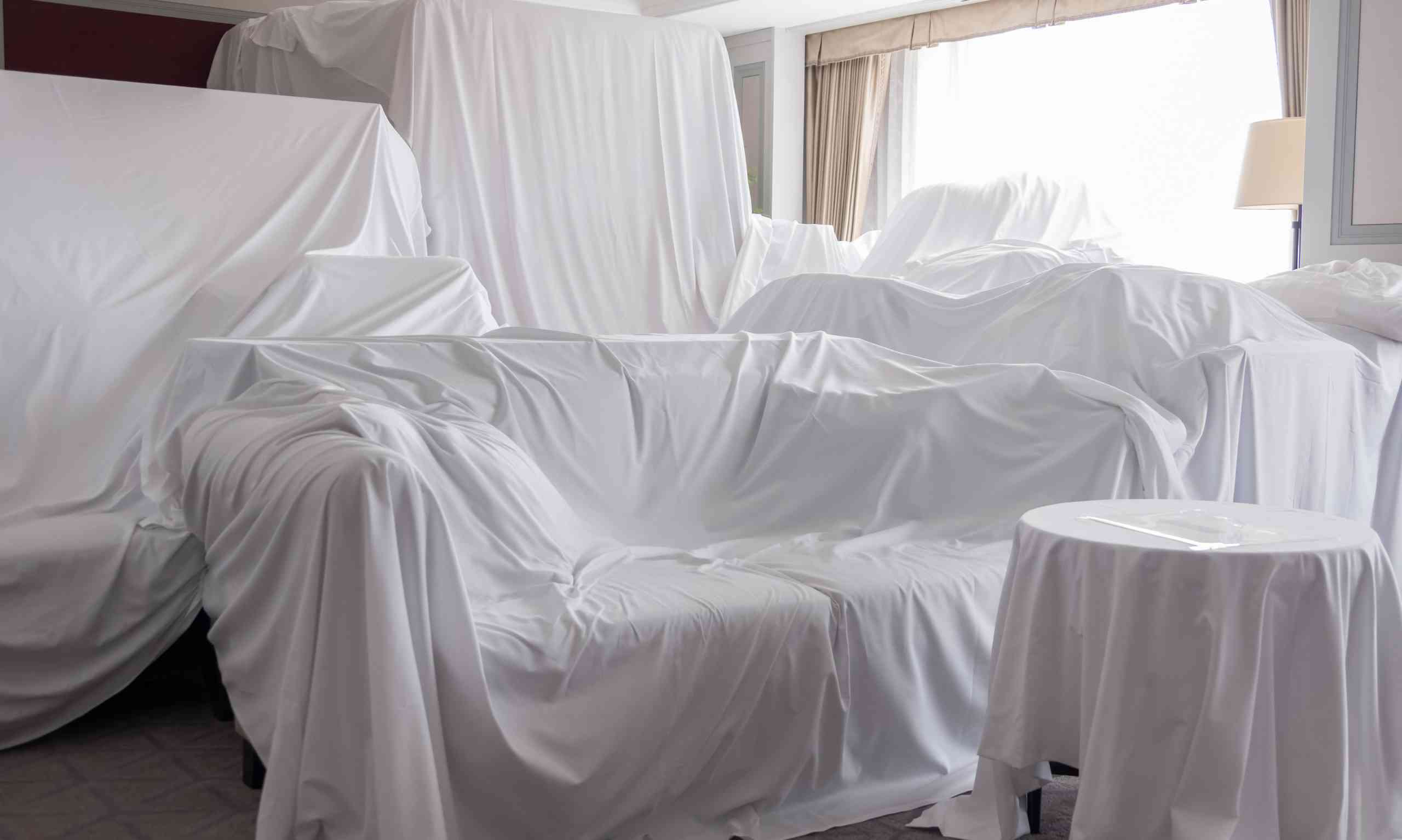


0 thoughts on “How To Protect Floors During Construction”